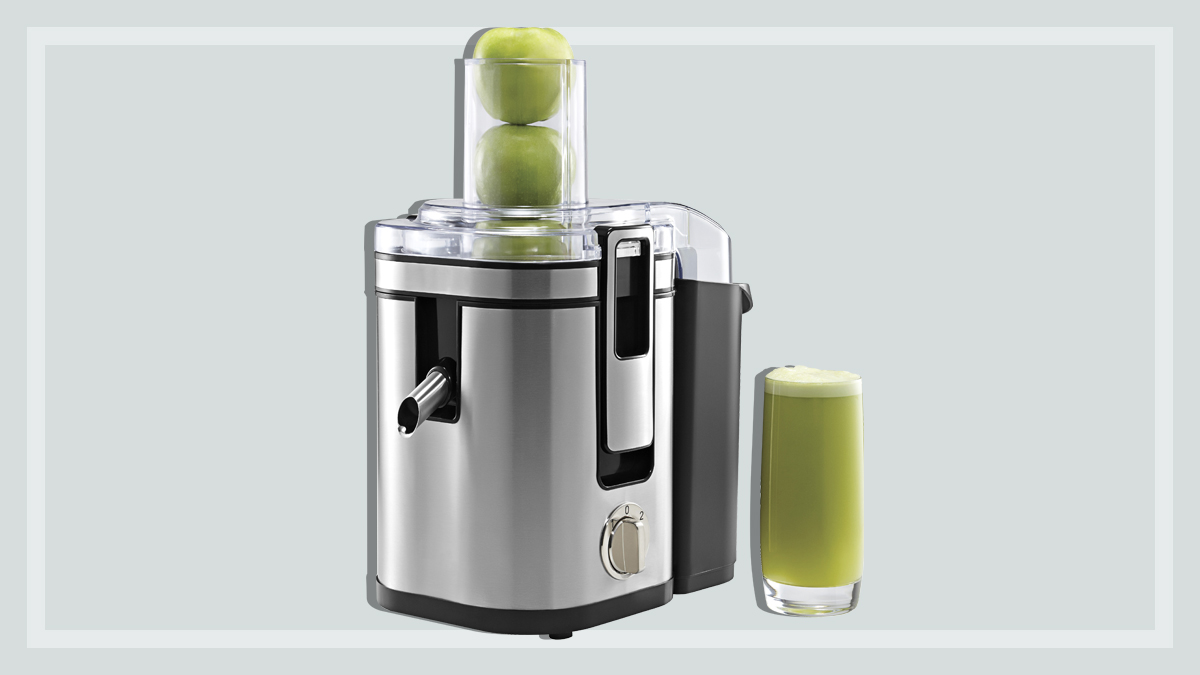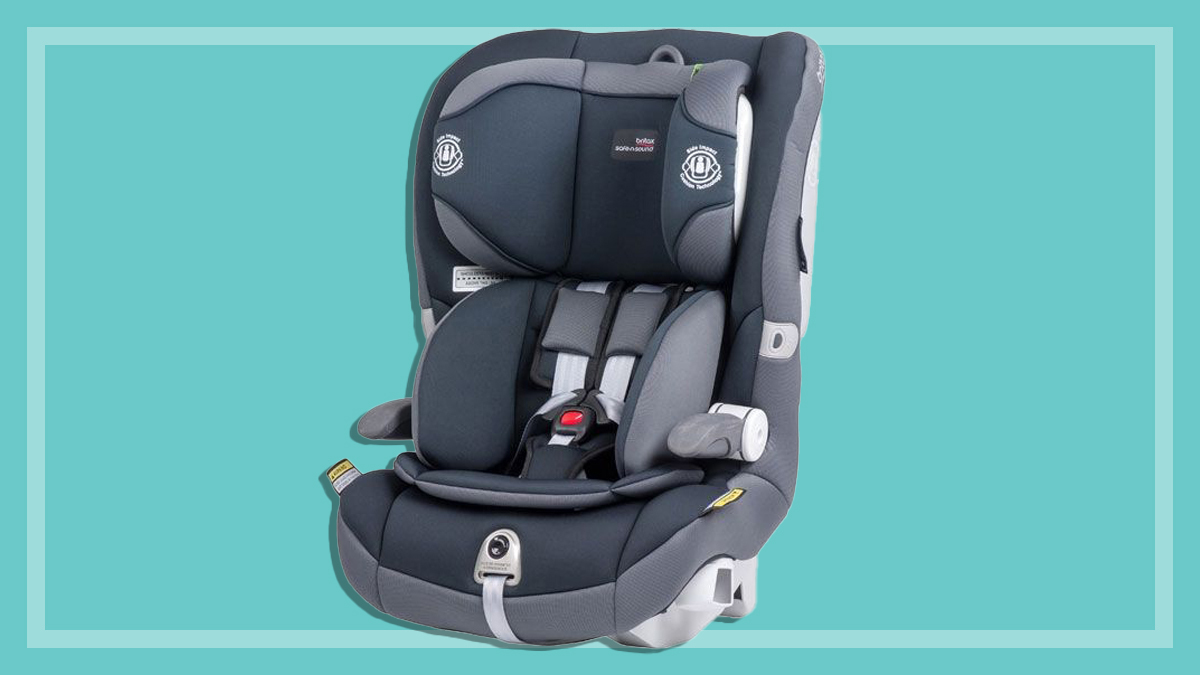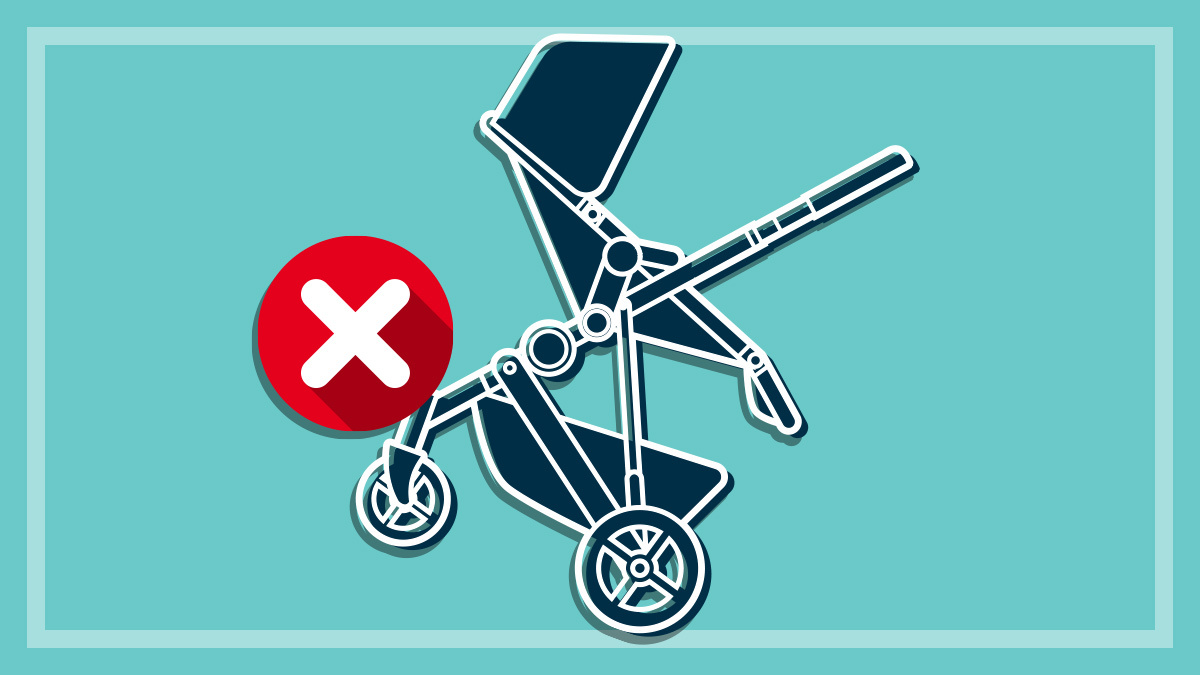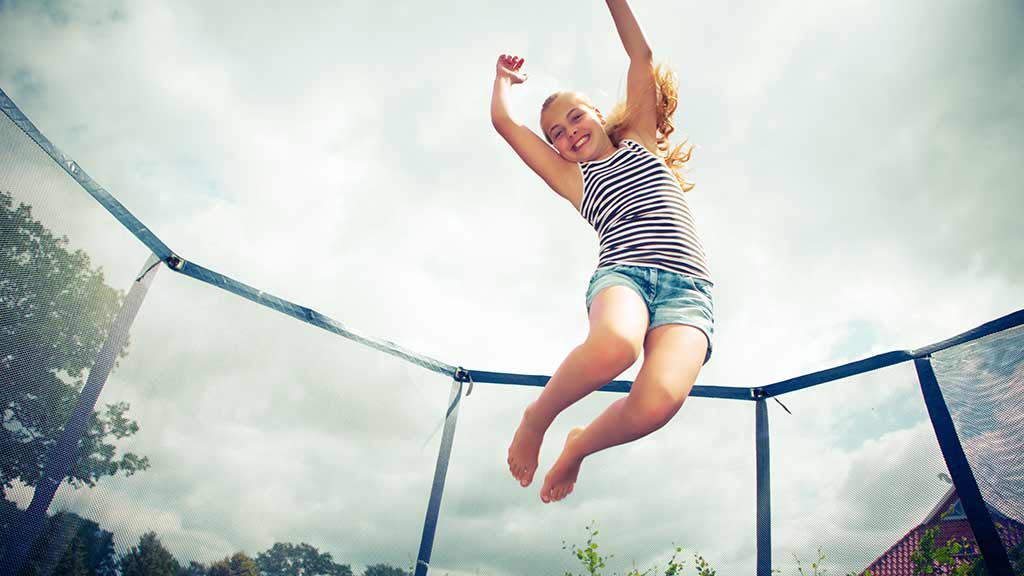Get our independent lab tests, expert reviews and honest advice.
The best juice boxes for lower kJ and no added sugar
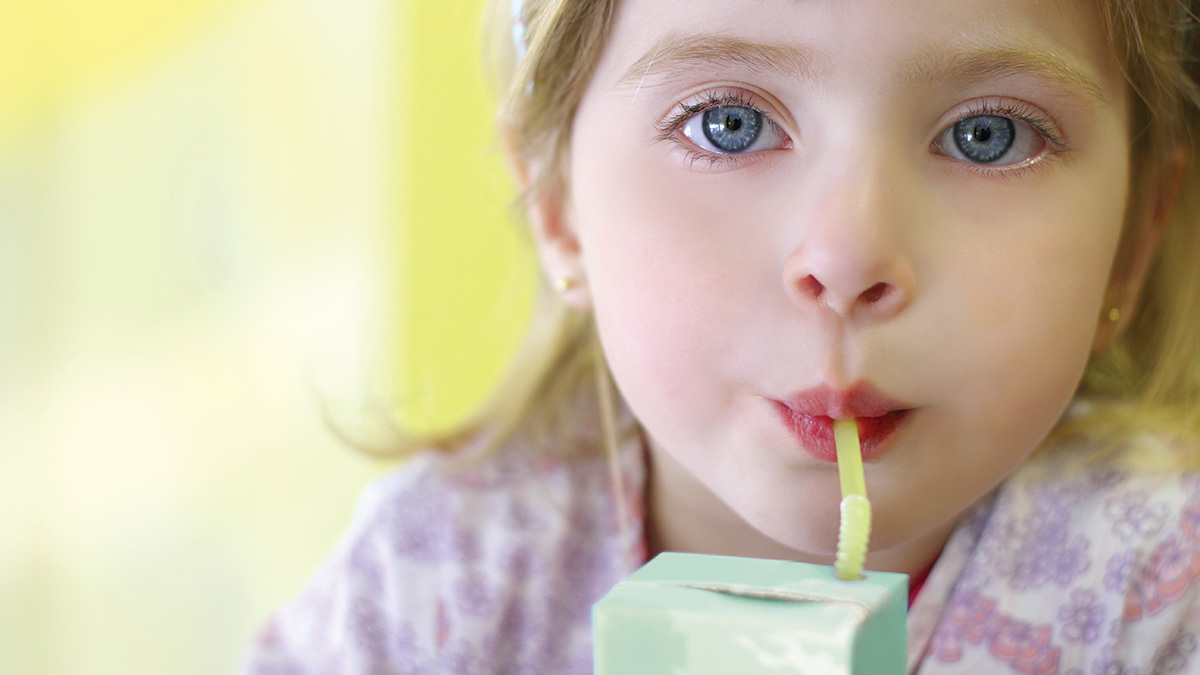
Day in, day out during the school term, parents are faced with the perennial decision: what to put in their child’s lunchbox.
On this page:
- Is fruit juice healthy?
- Which juice boxes are best?
- What to consider when choosing juice boxes
- Water is the best drink
Fruit juice boxes – also known as juice poppers – are one of those convenient items that you can buy in bulk and store in the cupboard, fridge or freezer. But are they a good option?
We compare the nutrition and ingredients of 30 apple and orange fruit juice boxes from the supermarket, and highlight what you need to consider before you add them to the lunchbox.
Is fruit juice healthy?
Fruit juice (100% juice)
Fruit juice tends to have a healthy image, and 100% juice can give you valuable nutrients such as vitamin C and folate.
But on the downside, it doesn’t have the fibre of fresh fruit, it’s energy (kilojoule) dense and it’s high in sugars, albeit the naturally occurring (intrinsic) variety.
The Australian Dietary Guidelines advise that we only occasionally substitute 100% juice for other fruits as counting towards the recommended two serves a day. The guidelines define a serve of juice as 125mL (half a cup) – but many juice boxes contain double this amount. And not all juice drinks are 100% juice.
Fruit drinks (20–25% juice)
Fruit drinks contain minimal juice (just 20–35% across the fruit drink products in our review), water and usually added sugar too.
Like soft drinks, sugar-sweetened fruit drinks offer plenty of kilojoules but few nutrients, and for the most part deserve the status of treats only. There’s mounting evidence that drinking sugar-sweetened beverages is associated with an increased risk of weight gain.
CHOICE tip: Sugary drinks contribute to dental decay. And drinks that are both sugary and acidic – such as fruit juice, fruit drinks, and fizzy and energy drinks – tend to be the worst offenders.
Which juice boxes are best?
If you’re after the convenience of a juice box, one with no added sugar is preferable. And if it’s a lower kilojoule option, even better.
Of the 30 apple and orange juice boxes we compared, the five products below:
- contain no added sugar
- deliver 370kJ or less per pack – roughly the equivalent of a medium (150g) apple or orange, the fruits the juices in our review are based on.
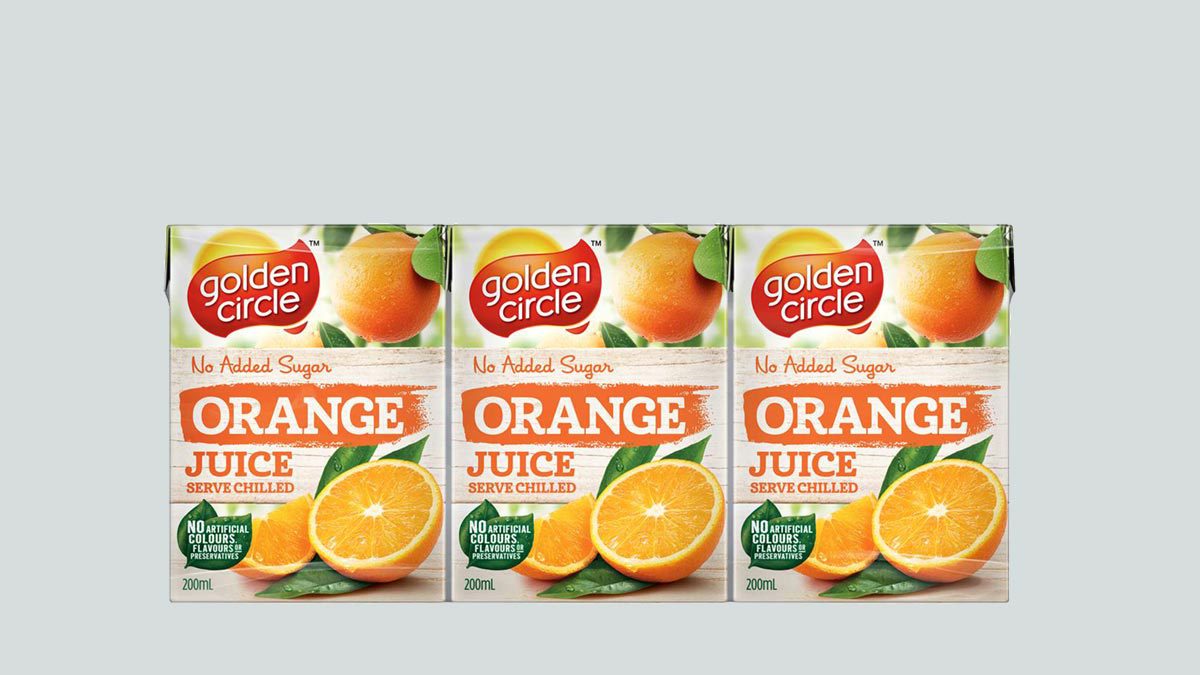
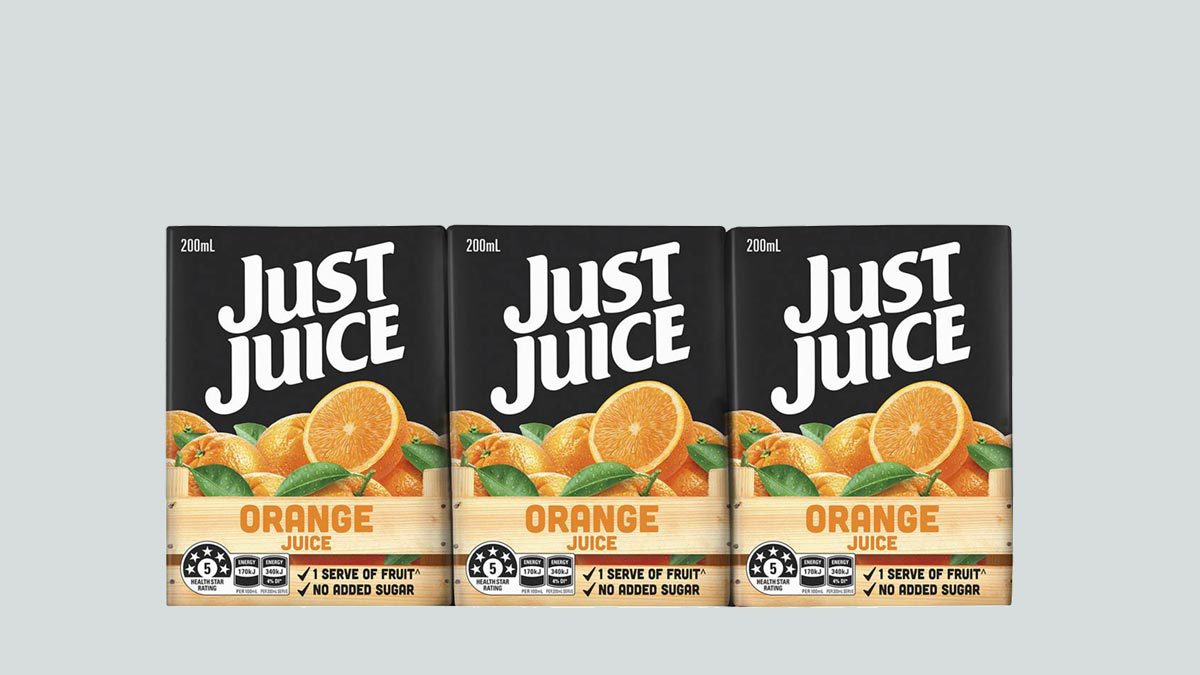
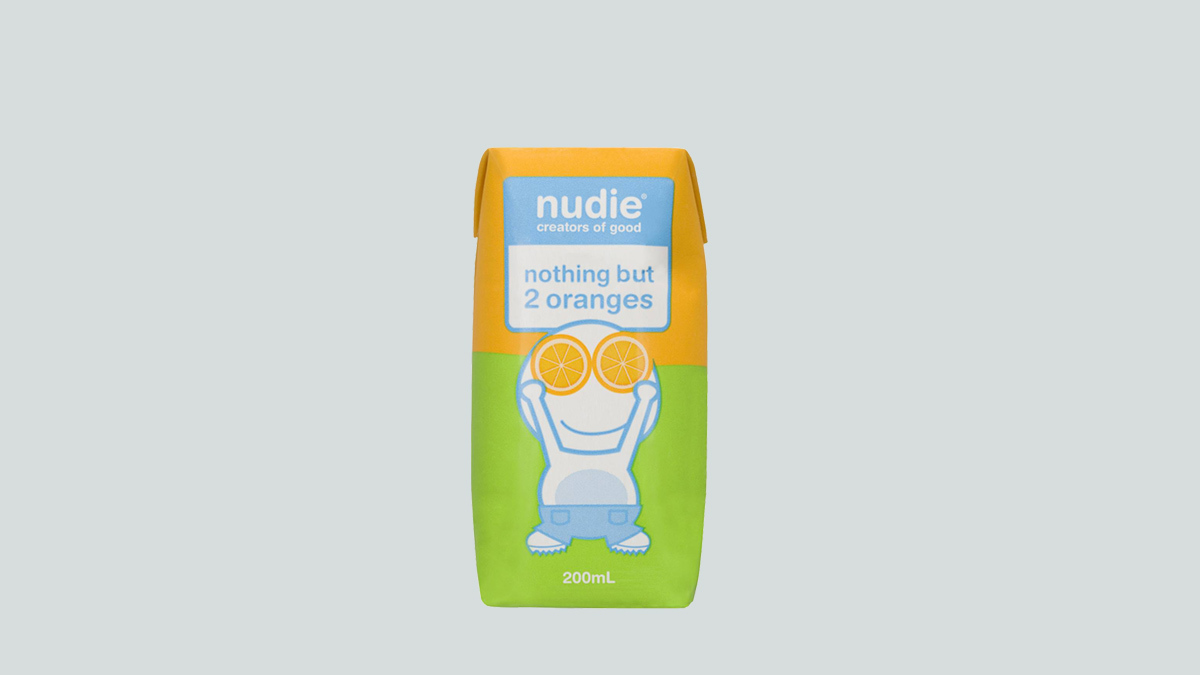
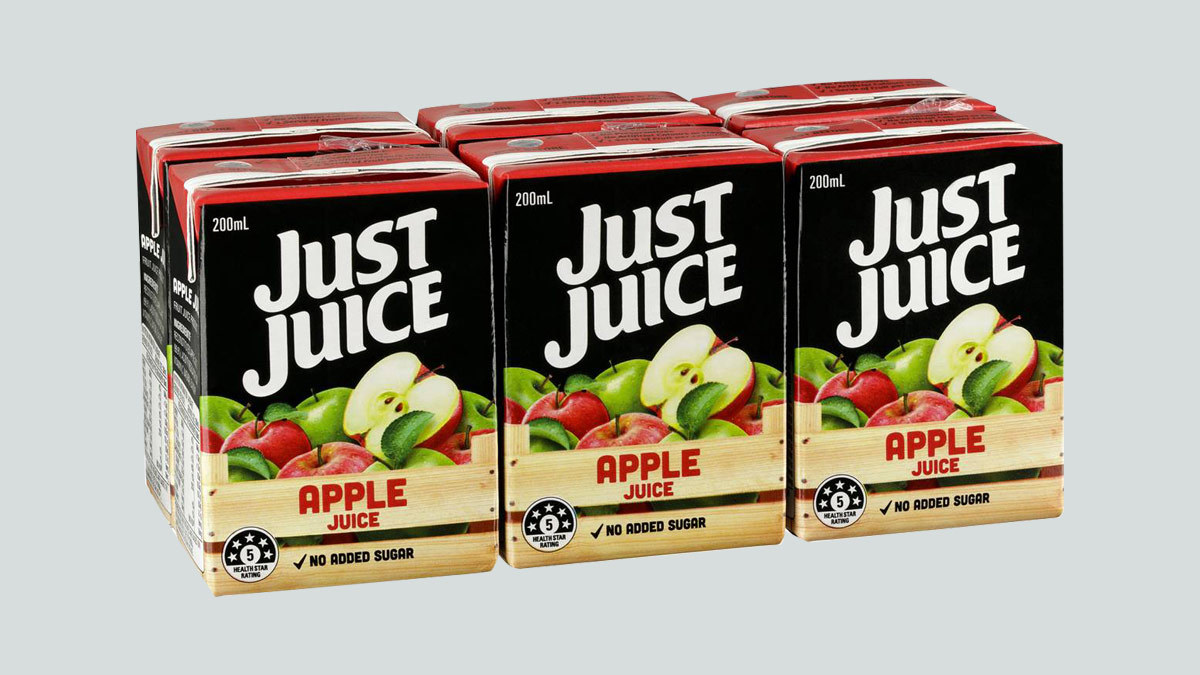
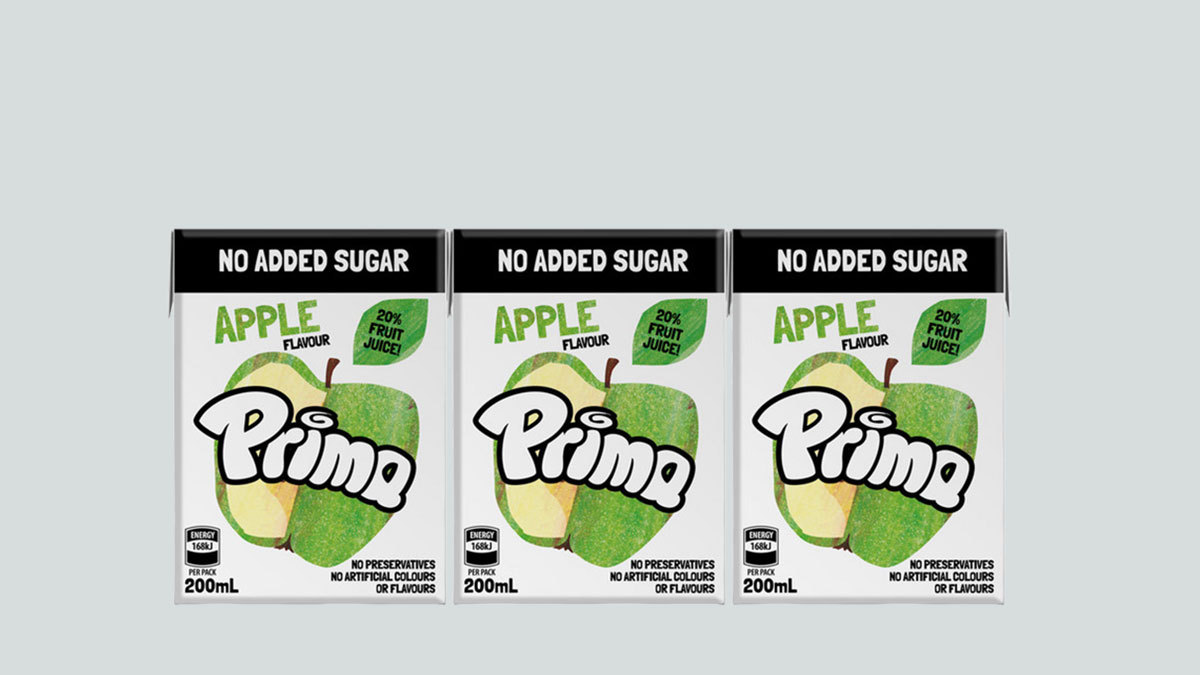
What to consider when choosing juice boxes
Size
It’s worth remembering that a serve of juice is defined as 125mL (half a cup), and many single serve juice boxes contain twice this amount (and consequently double the kilojoules).
Additives
A priority for many parents when choosing food and drinks for their kids is that they’re free from artificial additives. It’s not surprising then that a common claim on the packs of juice boxes is “no artificial colours, flavours or preservatives”. But that doesn’t mean the products are additive-free.
Many juice boxes contain natural colours and flavours, and several contain preservatives too. Food acids/acidity regulators (usually citric acid) make a regular appearance. And four of the products we reviewed contain added sweeteners, the non-nutritive varieties which offer the sweetness of sugar with fewer to no kilojoules.
Most Australians exceed the recommended dietary intake of vitamin C, so don’t let vitamin C claims or content influence your choice
Vitamin C
Fresh fruit juice is a source of vitamin C, but it’s a water soluble vitamin that’s sensitive to light, heat and air, so levels are depleted during processing – presumably why about two thirds of the products we looked at, both juices and fruit drinks, have vitamin C added.
The recommended daily intake of vitamin C for children up to eight years old is 35mg, and the products we compared have between 20 and 87.5mg of vitamin C per pack. But most Australians exceed the recommended dietary intake of vitamin C, so don’t let vitamin C claims or content influence your choice.
‘A serving of fruit’ claim
Many products are labelled ‘a serve of fruit in every pack’, or similar. While this isn’t inaccurate, bear in mind that Australian dietary guidelines advise that we only occasionally substitute 100% juice for other fruits as counting towards the recommended fruit serves a day. Chugging down two juice boxes a day doesn’t cut it!
Water is the best drink
Experts recommend that we limit our intake of sugar-sweetened drinks, so avoid sugary fruit drinks when packing lunch for your kids.
The occasional fruit juice is fine, and can add variety to their lunchbox. Choose a small juice box and give your child a bottle of water as well for extra hydration. Or make up your own juice bottle with a 125mL serve of juice, and dilute with water to provide better hydration.
But as any dietitian will tell you, water is the best everyday drink for children – and it costs you next to nothing.
How we compared
- We recorded label details of orange and apple juice products (juice and fruit drinks) in Aldi, Coles and Woolworths in December 2020.
- We focused on single serve products, sold both individually and in multipacks.
- We included both chilled and shelf-stable products.
We compared the ingredients, nutrition information and label claims of the following 30 fruit juice boxes:
- Berri Apple Fruit Juice
- Berri Orange Fruit Juice
- Coles Apple Fruit Drink
- Coles Apple Juice
- Coles Orange Fruit Drink
- Coles Orange Juice
- Daily Juice Cloudy Apple
- Daily Juice Orange Juice
- Golden Circle Apple Juice
- Golden Circle Apple Splash
- Golden Circle Orange Burst
- Golden Circle Orange Juice
- Just Juice Apple
- Just Juice Orange
- Nudie Nothing But 2 Apples
- Nudie Nothing But 2 Oranges
- Pop Tops Apple
- Pop Tops Orange
- Prima Apple
- Prima Apple No Added Sugar
- Prima Orange
- Sunraysia Organic 100% Juice Apple
- Westcliff Apple Juice
- Westcliff Mega Apple Juice (pop top)
- Westcliff Orange Drink
- Westcliff Orange Juice
- Woolworths Apple Fruit Drink
- Woolworths Apple Juice
- Woolworths Orange Fruit Drink
- Woolworths Orange Juice

